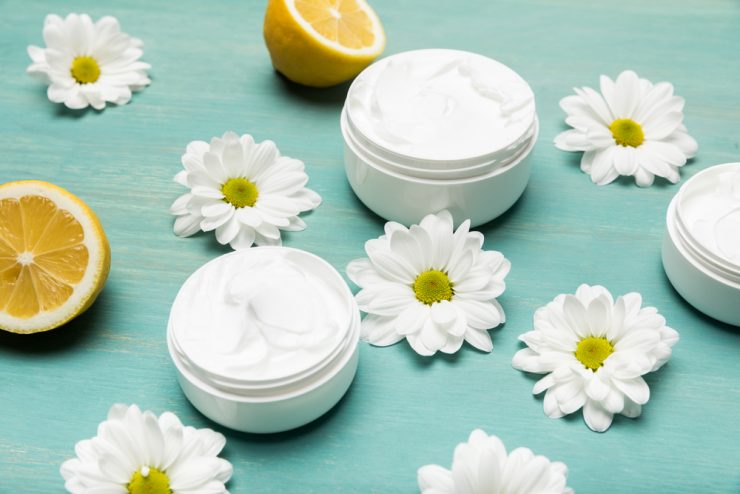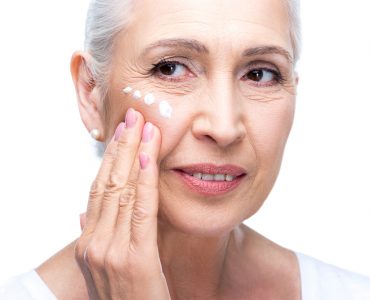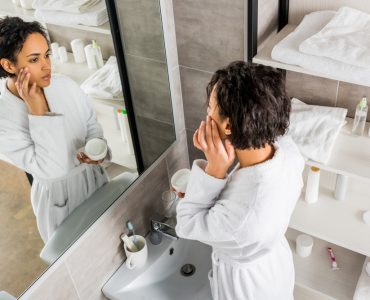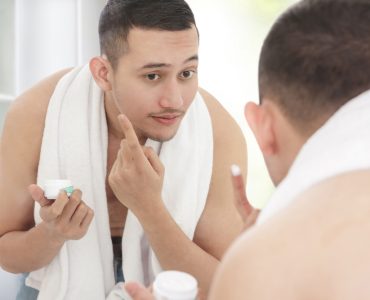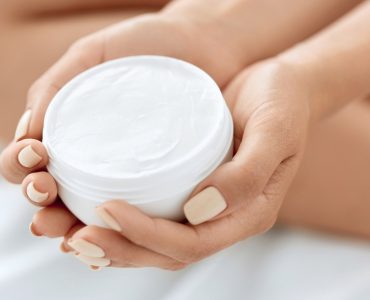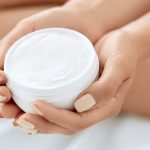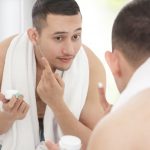Whether a 20-year-old is searching for anti-aging creams to give their skin an early start in protecting it from the ravages of time, or a 55-year-old is researching the best anti-ageing products to help their skin recover, or give it a boost for the future, there is one key element everyone considers – how much money will this cost? Is a cheaper brand as good as a more expensive one?
There is a vast range anti-aging skin care product on the shelves claiming to enhance this, calm down that, boost, repair, refine – it can be very confusing. In this article we’ll look at what everyone can do to help protect skin from the aging process. We’ll also examine what products will be found in most anti-aging creams, and some that are in the luxury brands, so everyone can make an informed decision on what to buy.
However, its important to remember that anti-aging creams, moisturisers and wrinkle creams won’t work at all unless the skin is looked after anyway. Sun damage is the most common problem for skin of any age, so always use sun screen, even in cooler weather. Smoking takes oxygen away from the face and damages the skin, so either cut down or give it up altogether. Then, of course, there is sugar, which destroys collagen, and alcohol, so again, be aware of how much is being consumed every day and again give it up or reduce it. Its important to eat a healthy diet, so more fruit and vegetables should be incorporated every day, and everyone should drink enough water, as hydration is important to nourish the skin.
So, when browsing the shelves for a moisturiser, or an instant wrinkle remover, or a product that claims to push back the effects of time, what should we all be looking for? Firstly, skin care ingredients are listed in order of percentage in products unless it is 2% or less, so think about how much water is there, for example, as that is usually found in skin care products, as is glycerine, which is a moisture booster. Some ingredients shouldn’t make a difference in the decision – thickeners, emulsifiers and emollients make the product work better and feel good, preservatives are there for safety and shelf life.
Other ingredients to look out for in all brands at both end of the scale, are anti-ageing SPF and vitamin A. These are the only two ingredients that the FDA will legally allow manufacturers claim to be anti-ageing in the USA. Vitamin A helps reverse the signs of ageing, rebuilds collagen and repairs sun damage. Other thins to look for include antioxidants, vitamins C and E, Glycolic, Lactic and Salicylic acids and Niacinamide (vitamin B3) which helps stimulate the dermis.
Along with these, there will be other combinations of special ingredients in individual manufacturer’s product lines which consumers need to consider. Does the inclusion of caviar, which its claimed has texture refining and firming properties, for example mean a luxury brand has the best cream for wrinkles, or is algae, is blended with Ginkgo Biloba worth paying extra for? It depends on how much you have to spend – often products at both end of the financial scale will get good reviews from consumers.


